
Russia constantly claims to be a “peacemaker” who strives for peace. Since the beginning of the military conflict in Ukraine in 2014, there has been a constant narrative about “saving” those whom this country seems to come to protect. This has been happening for decades, but the world has barely noticed it. Only the rebuff of Ukraine and the heroism of the Ukrainian military made the world understand that this is not a local conflict, but a true global war.
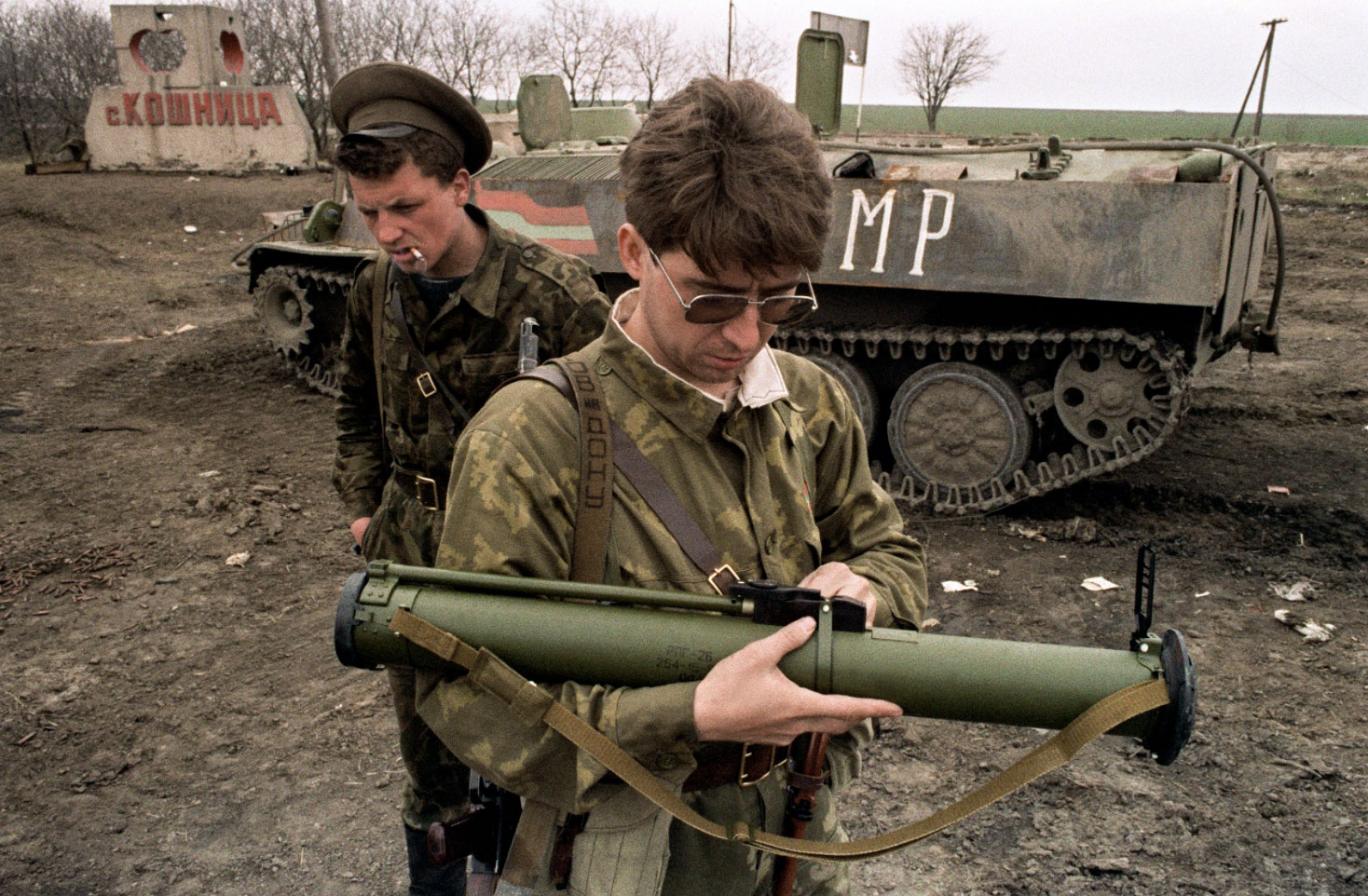
Pro-Russian Transnistrian militants cleaned up their weapons during the battle for Dubossary in April 1992.
1992-1993 – Russia occupied Transnistria
After Moldova proclaimed its independence, part of the country, which at that time housed a military base with the Russian 14th Army, declared its sovereignty, which immediately turned into a regime led by Russian General Liebiediev. The war broke out, after which Transnistria turned into a gray area, unrecognized by anyone, with a destroyed economy and international isolation.
During the 20-month-war, between 364 and 913 Russian soldiers and their mercenaries were killed.
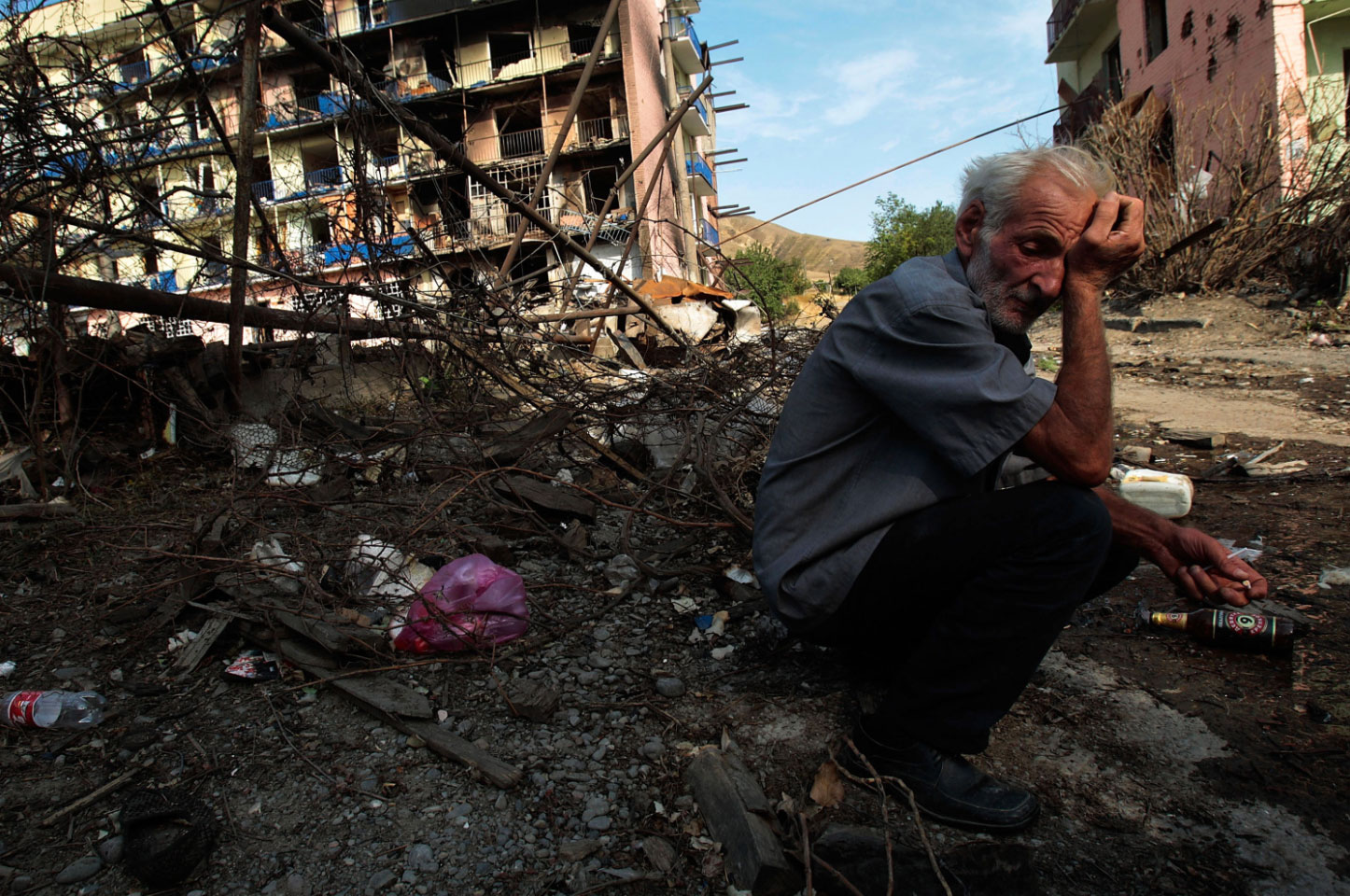
A man in the city of Gori among the houses destroyed by Russian bombs. Photo: Chris Hondros for Getty Images
1992-1993 – Russia provoked the Abkhazian war
On August 14, 1992, Russia provoked a war between Abkhazian separatists and the Georgian government by supporting the former. Russian weapons ended up in the hands of Abkhazians. Russian planes bombed civilian targets in the territory controlled by Georgia, and Russia provided its military vessels for shelling Sukhumi. The war ended with the separation of Abkhazia from Georgia, which was what Russia wanted.
During the year of the war, 2,220 Abkhazian soldiers, supported by Russia, were killed.
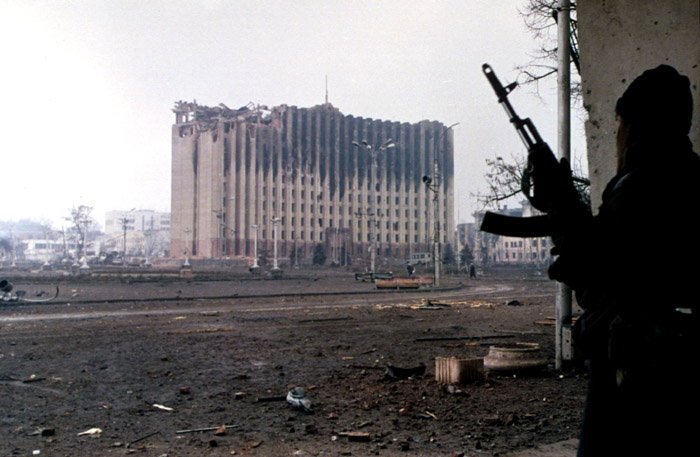
Battle for the Presidential Palace in Groznyi in 1995. Photo: Mikhail Evstafiev
1994-1996 – first Russian-Chechen war
Russia “assisted” other nations in losing their sovereignty and reinforced separatist sentiments, while in Russia itself, the Chechen people tried to gain independence, which provoked a brutal war. The city of Groznyi faced a difficult fight towards the close of the 1994-1995 campaign. Russian troops tried to take control of the mountainous regions of Chechnia. Despite their quantitative superiority in manpower and armament, they were repelled by guerrilla warfare. Demoralization and public rejection of a brutal war forced Borys Yeltsyn’s government to a ceasefire in 1996.
Approximately 5,000 Russian soldiers were killed throughout the course of this war, which lasted for 20 months. According to the Union Committee of Soldiers’ Mothers of Russia, there were 14,000 that were killed.
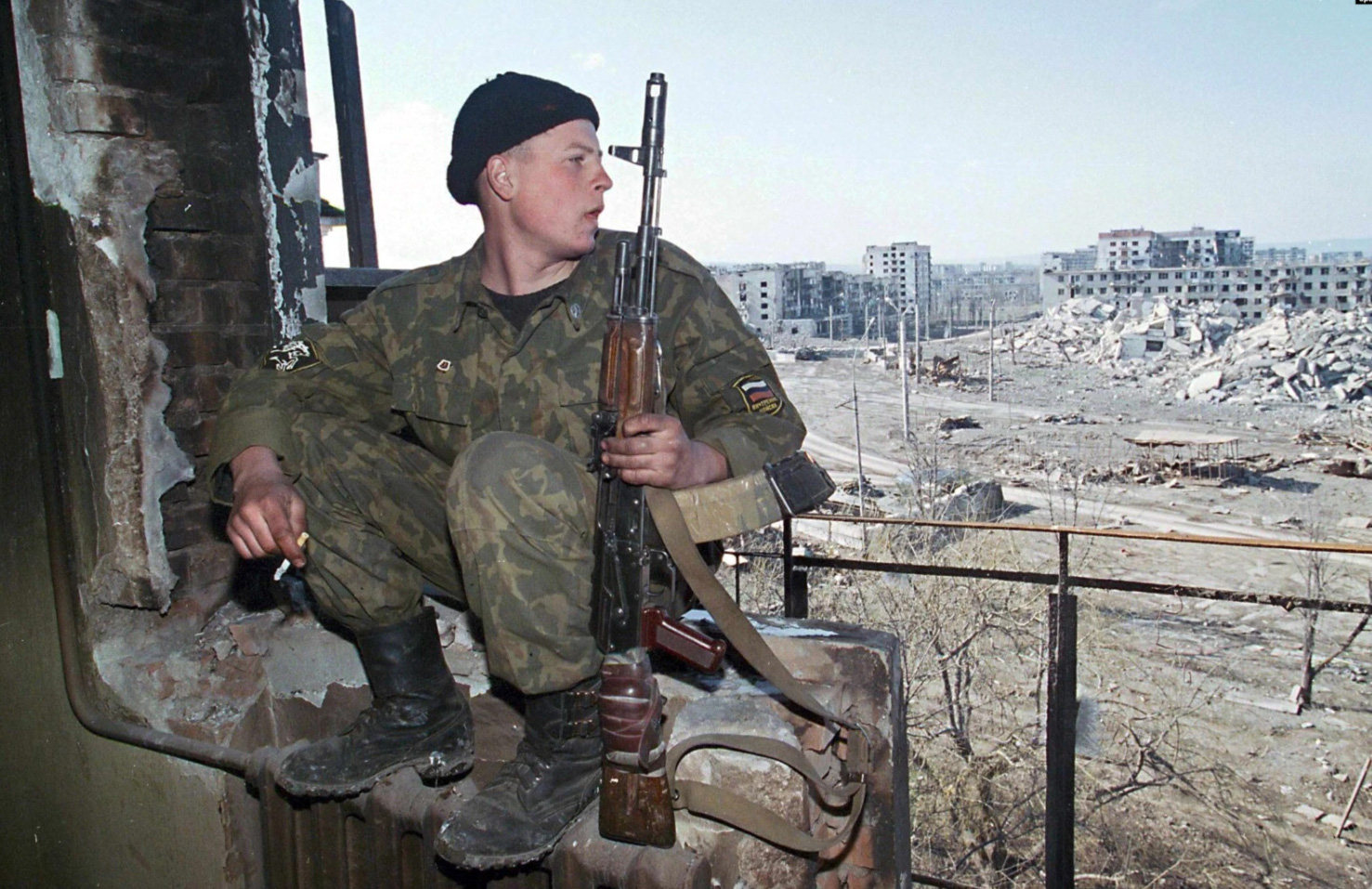
Russian soldier against the background of the destroyed Chechen city.
1999-2009 – second Russian-Chechen war
The second Russian-Chechen war was held from the summer of 1999 to the spring of 2009. Fighting unfolded in Chechnia and the border regions of the North Caucasus. The first phase of the war lasted until the spring of 2000 and ended with the establishment of a pro-Russian Chechen government. However, this did not end the war. For the next 9 years, Russian special services waged a war against the insurgent movement in the North Caucasus. A journalist with Ukrainian roots, Anna Politkovska, wrote a book about this war and was killed on Putin’s birthday in 2006. A Hall of the European Parliament in Brussels is named after her.
According to official data, the Russian Federation’s armies have lost roughly 7,300 servicemen and mercenaries during the last ten years, while the Union of Committees of Soldiers’ Mothers of Russia estimates that at least 14,000 have died.
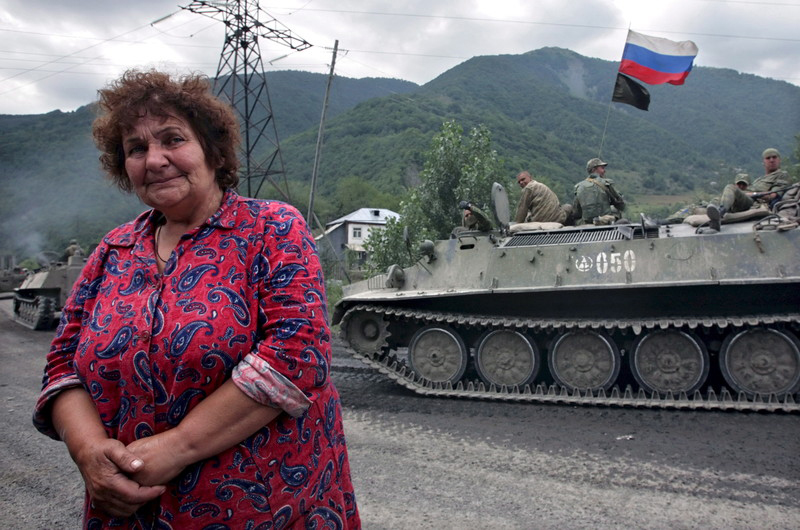
Tskhinvali, South Ossetia. August 10, 2008 Photo: EPA
2008 – Russian-Georgian war
On August 8, 2008, Russian troops, under the pretext of “protecting the population”, launched an invasion of Georgia from the territories of the separatist republics of North Osetiia and Abkhazia. Within five days, Russian planes carried out more than 100 strikes on Georgian cities. Bombs were dropped on civilian areas, killing and injuring innocent people. Since then, South Ossetia has remained an unrecognized republic under Russian control.
During 6 days of the war, 170 Russian soldiers and their mercenaries were killed.
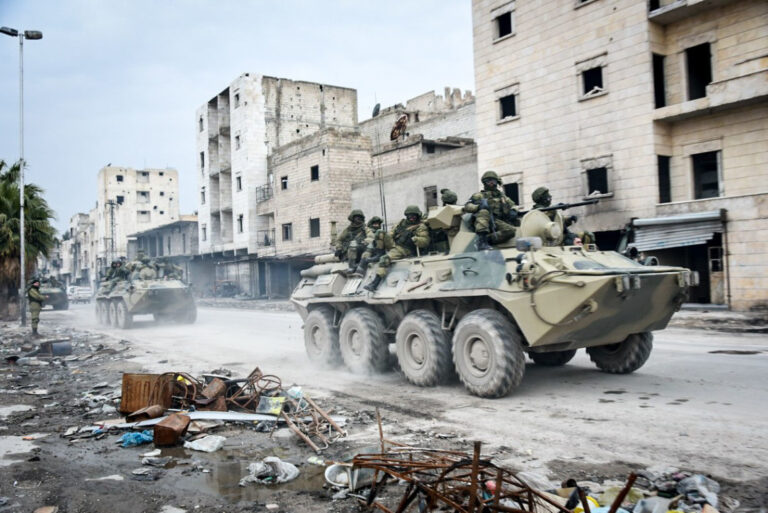
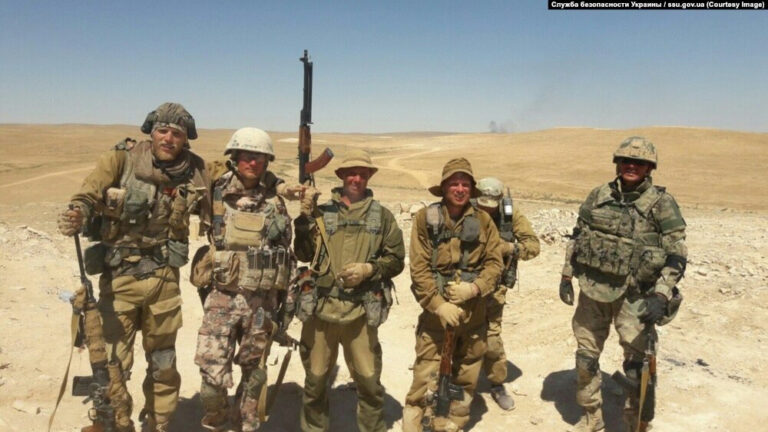
slideshow
2015-2022 – Russia’s invasion of Syria
The Russian invasion was a crucial moment in the Syrian civil war that began in 2011. Back in early 2015, the government under the Syrian President Bashar al-Assad was doomed to collapse. Russian weapons, air support, and troops reinforced Assad’s dictatorship and destroyed the lives of millions of people. This last-moment intervention helped Assad gain military superiority over the rebels by the end of 2017 and supports him until now.
Between 321 and 444 Russian soldiers and mercenaries were killed over the war’s six years.
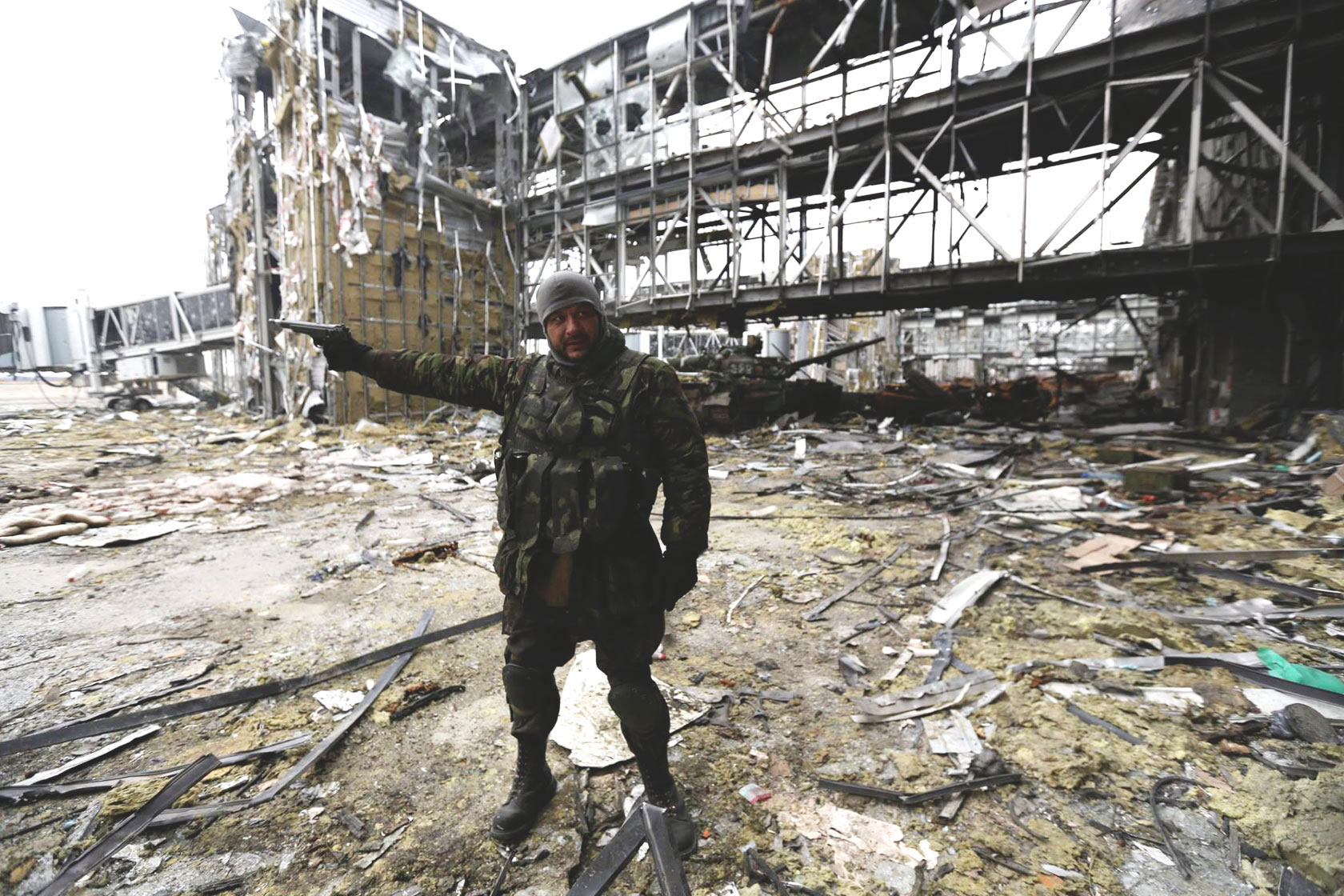
“Cyborgs” at the Donetsk Airport. Photo: Serhii Loiko
2014-2022 – Russian-Ukrainian war
In the spring of 2014, Russia annexed Crimea and tried to create “people’s republics” in the east, south, and center of Ukraine. Russian citizens under the guise of the “independence movement” seized power in Donetsk and Luhansk with the support of Russian troops. Ukraine has launched an anti-terrorist operation. After heavy fighting in 2014 and 2015, the undeclared war in eastern Ukraine went into a state of “frozen”. On February 24, 2022, Russia officially attacked Ukraine, calling it an “operation”.
In just a few days of this war, more than 5,000 Russian soldiers have already been killed.
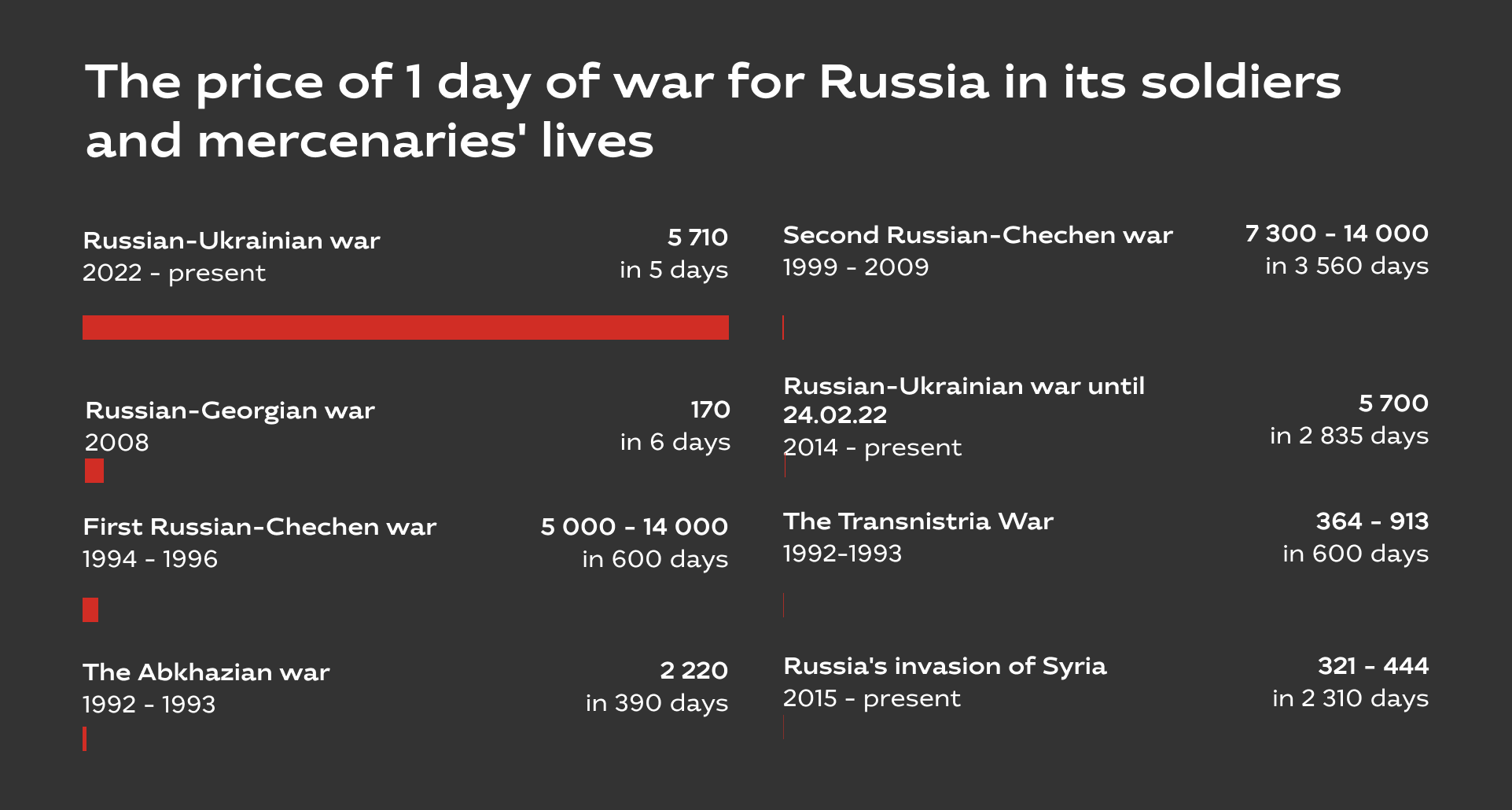
In 2022, Ukraine and the entire civilized world have a chance to put an end to the military aggression of the former empire. Everything that Russia touches turns to ashes and suffering in the international arena. Although they call it “peacekeeping missions” and “special operations” to “protect the Russian-speaking or Orthodox population.”

